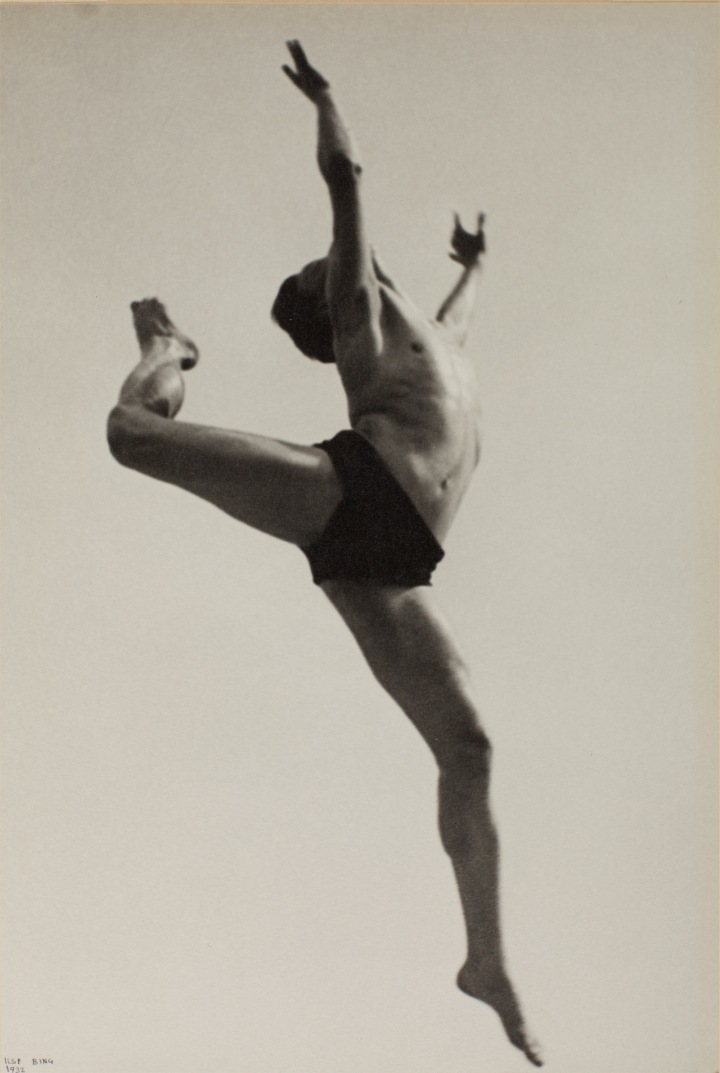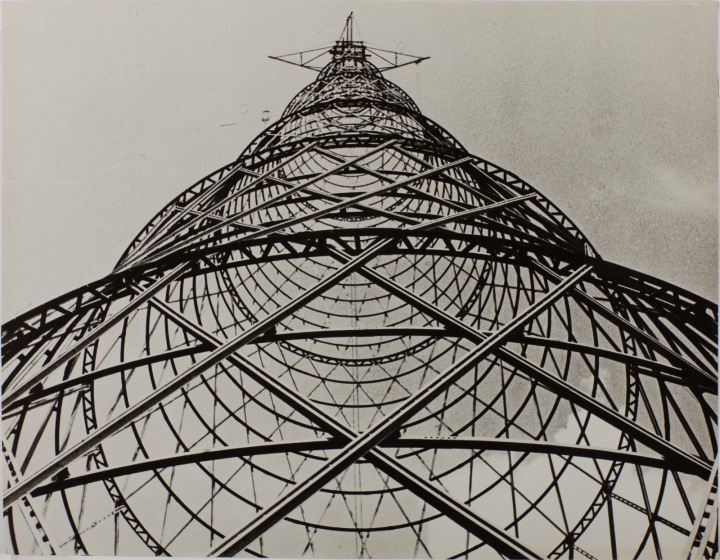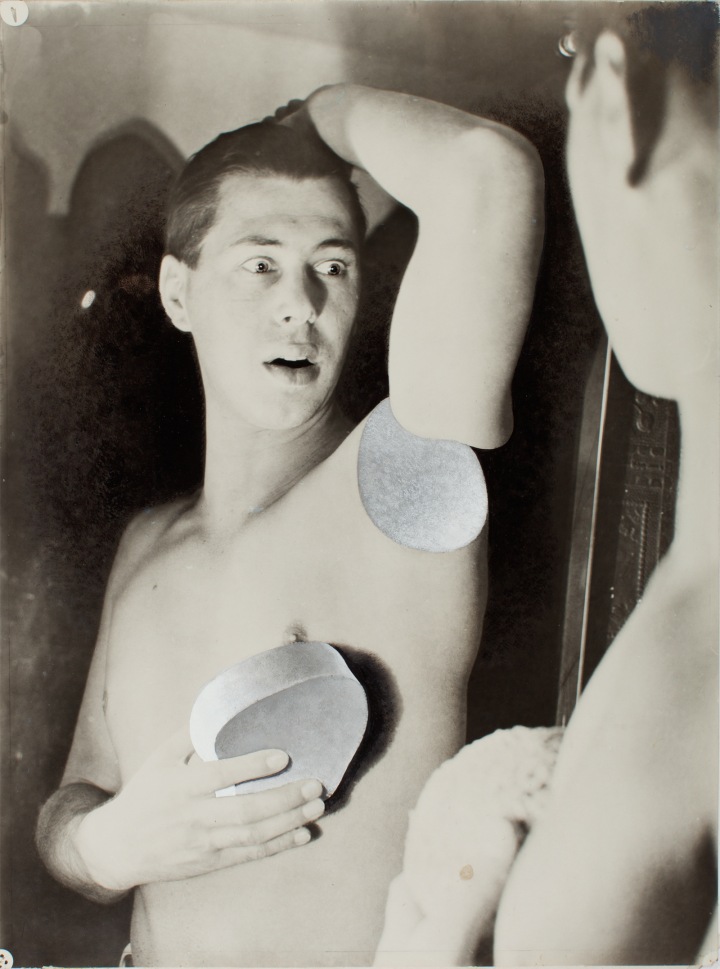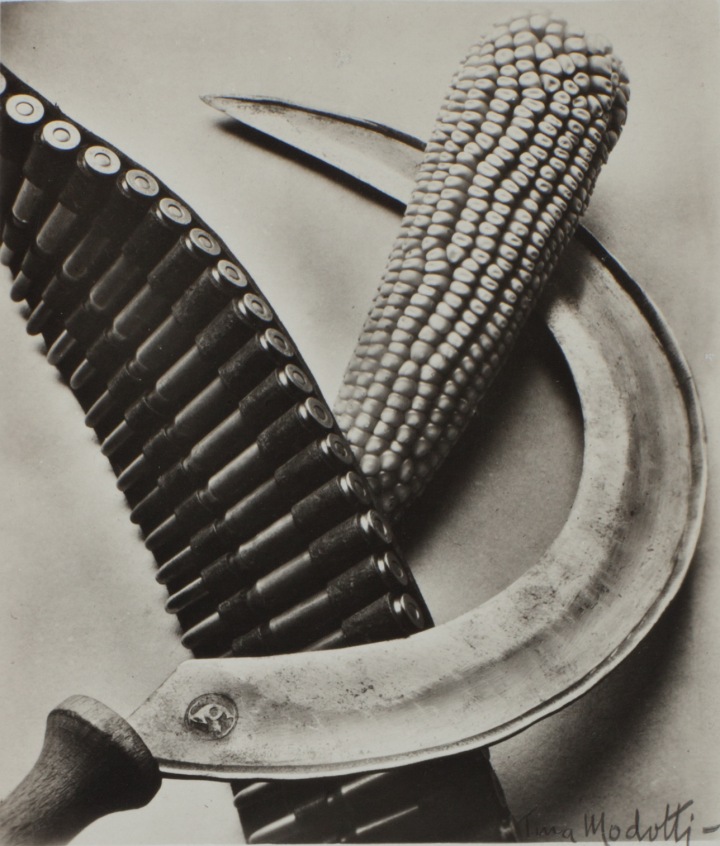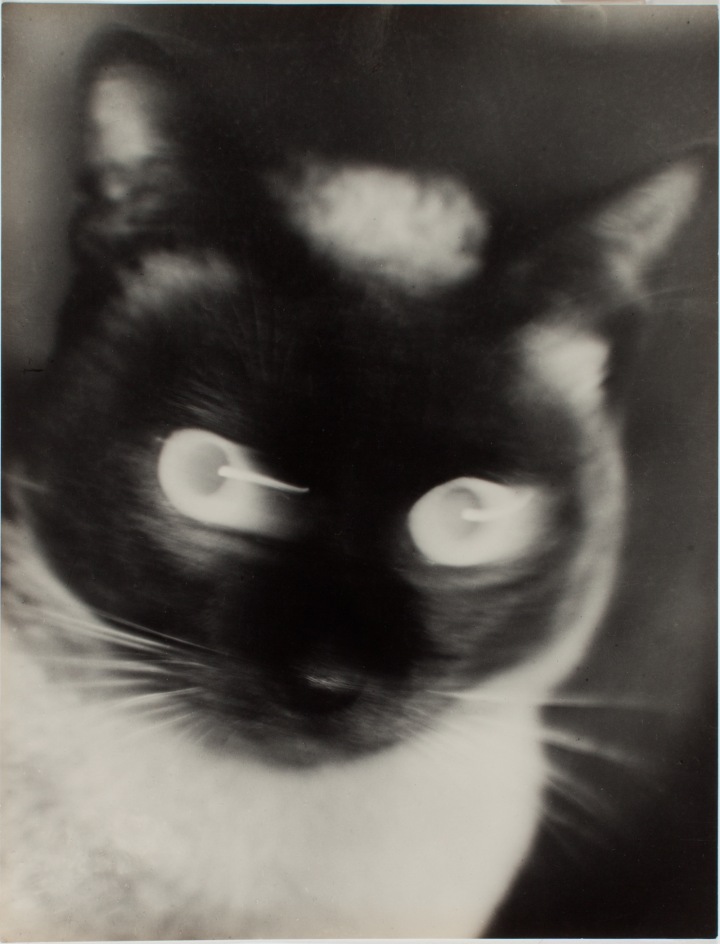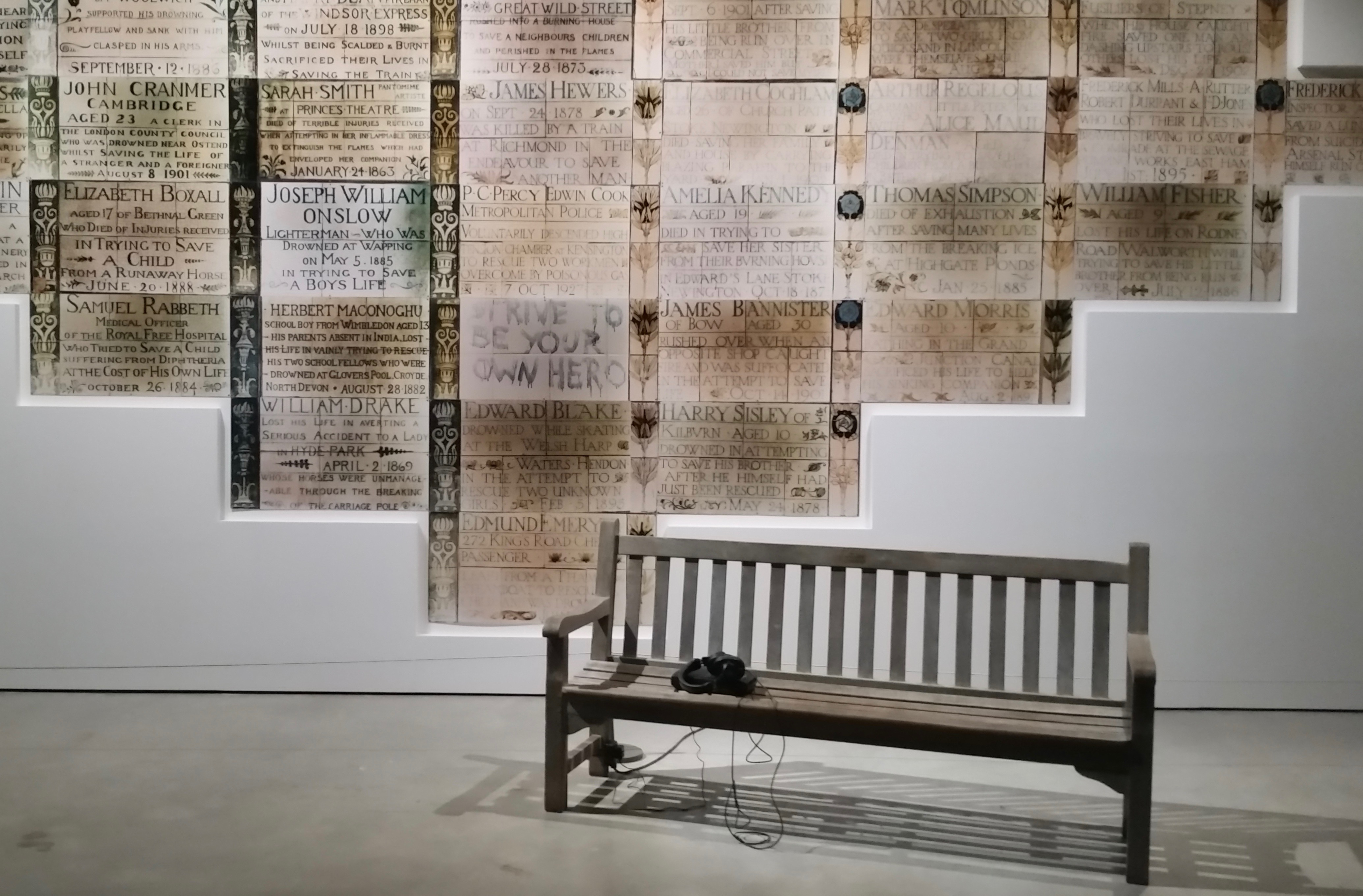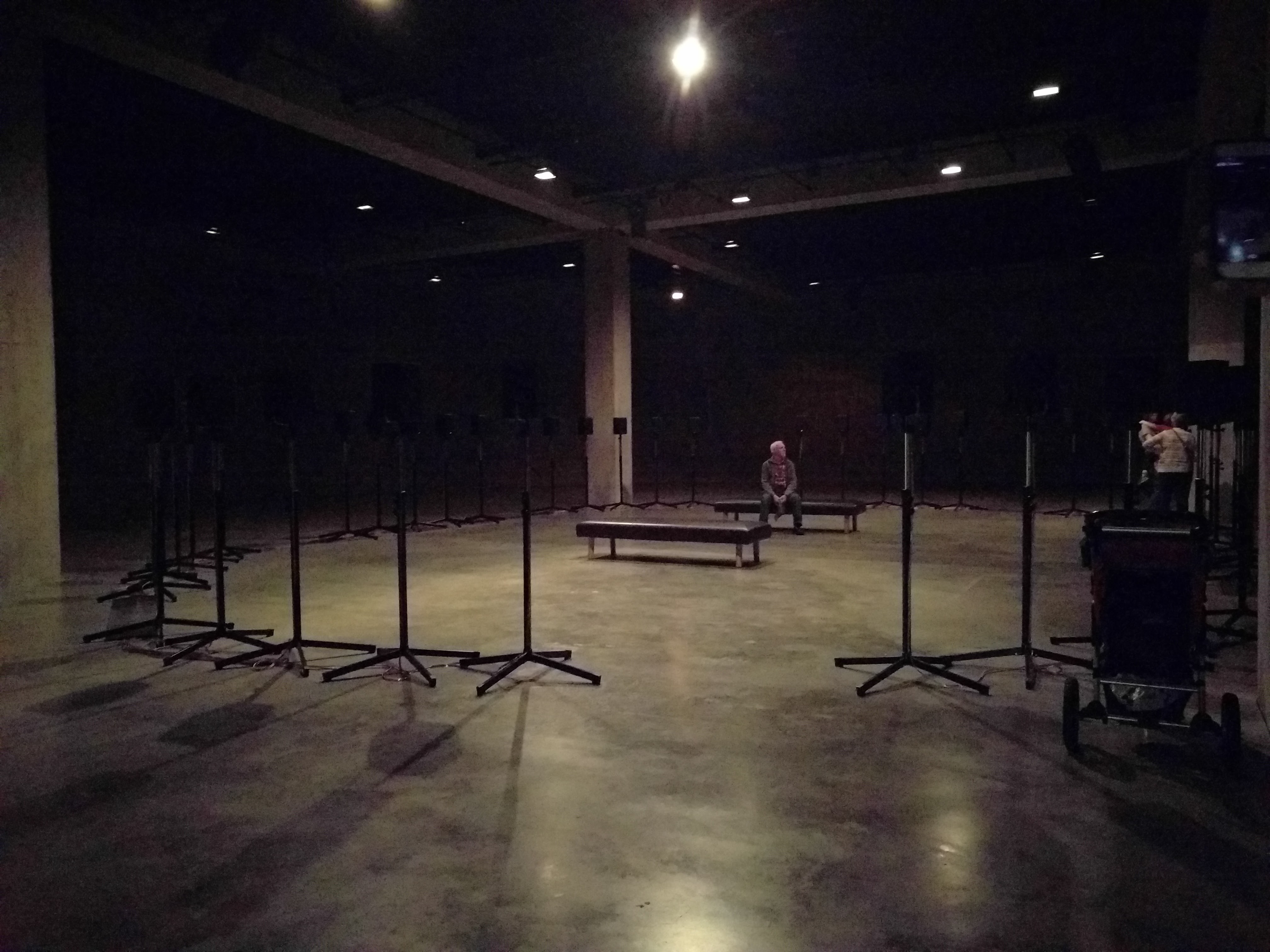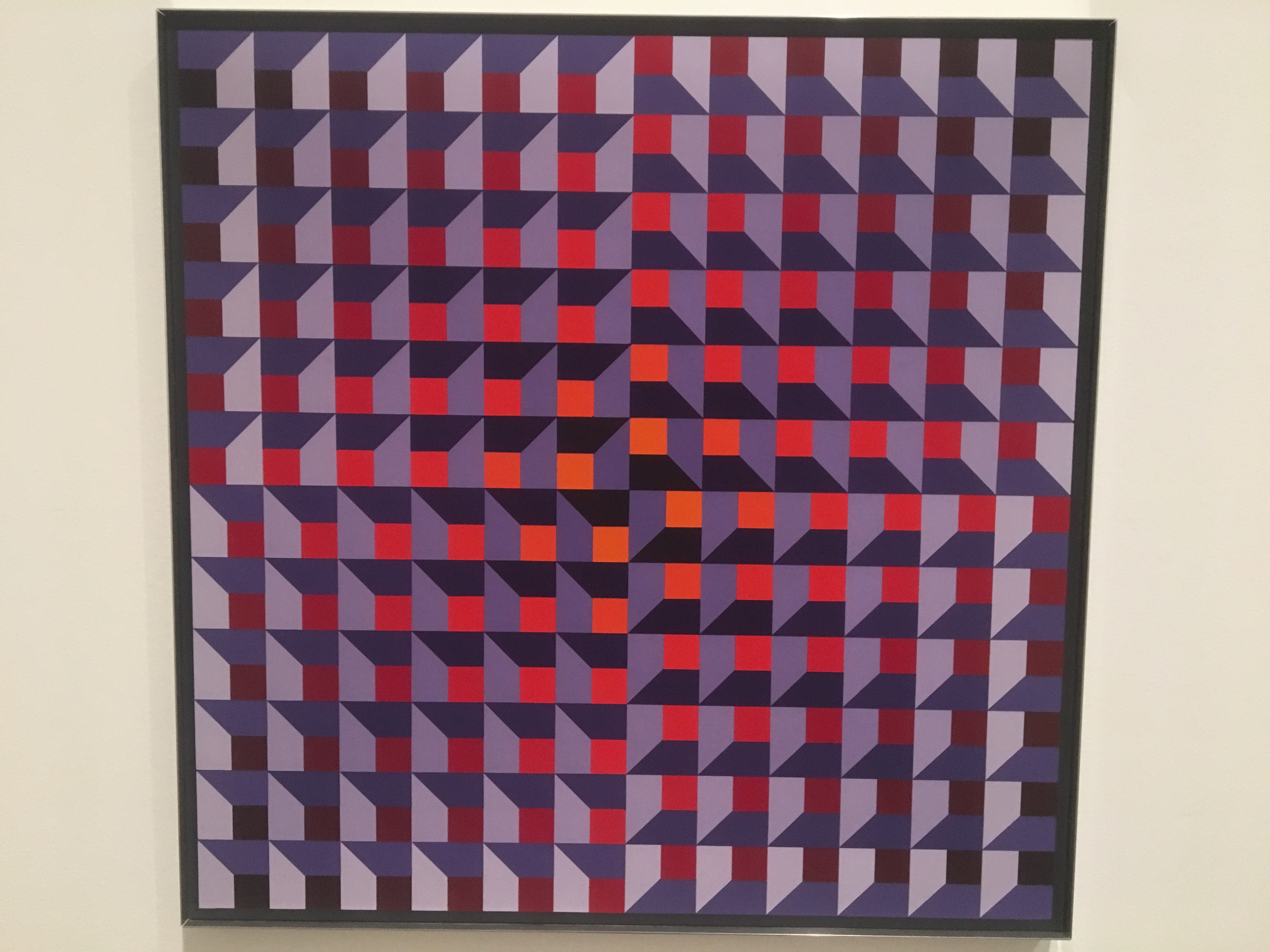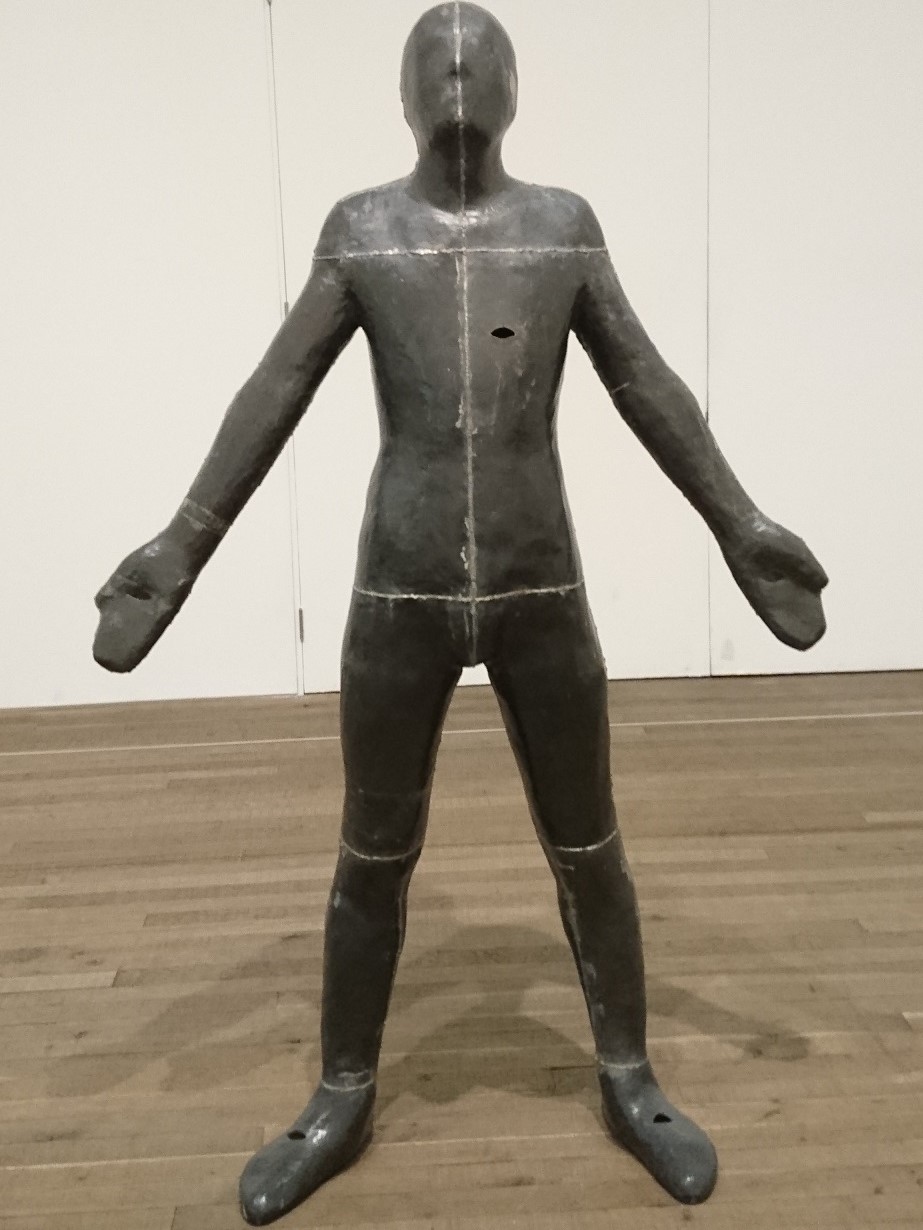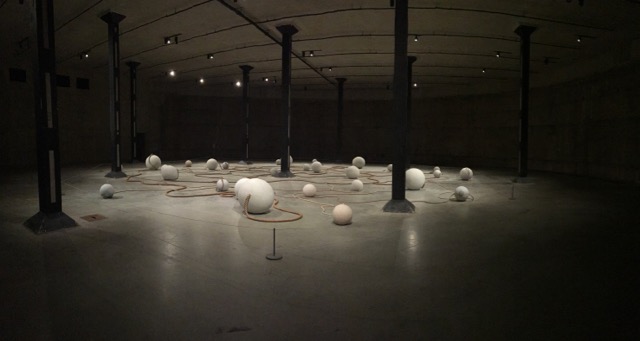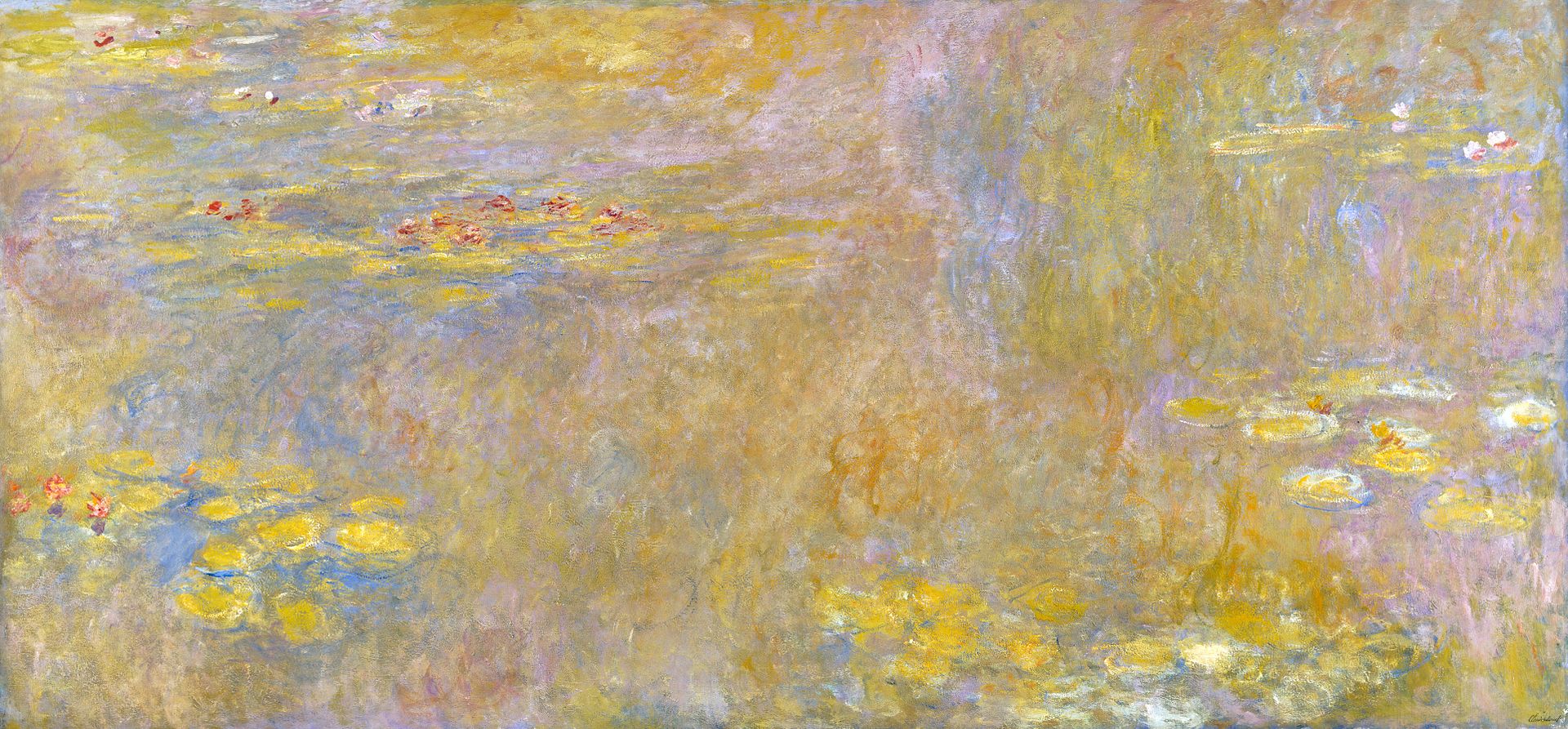Tate Modern
From Londonhua WIKI
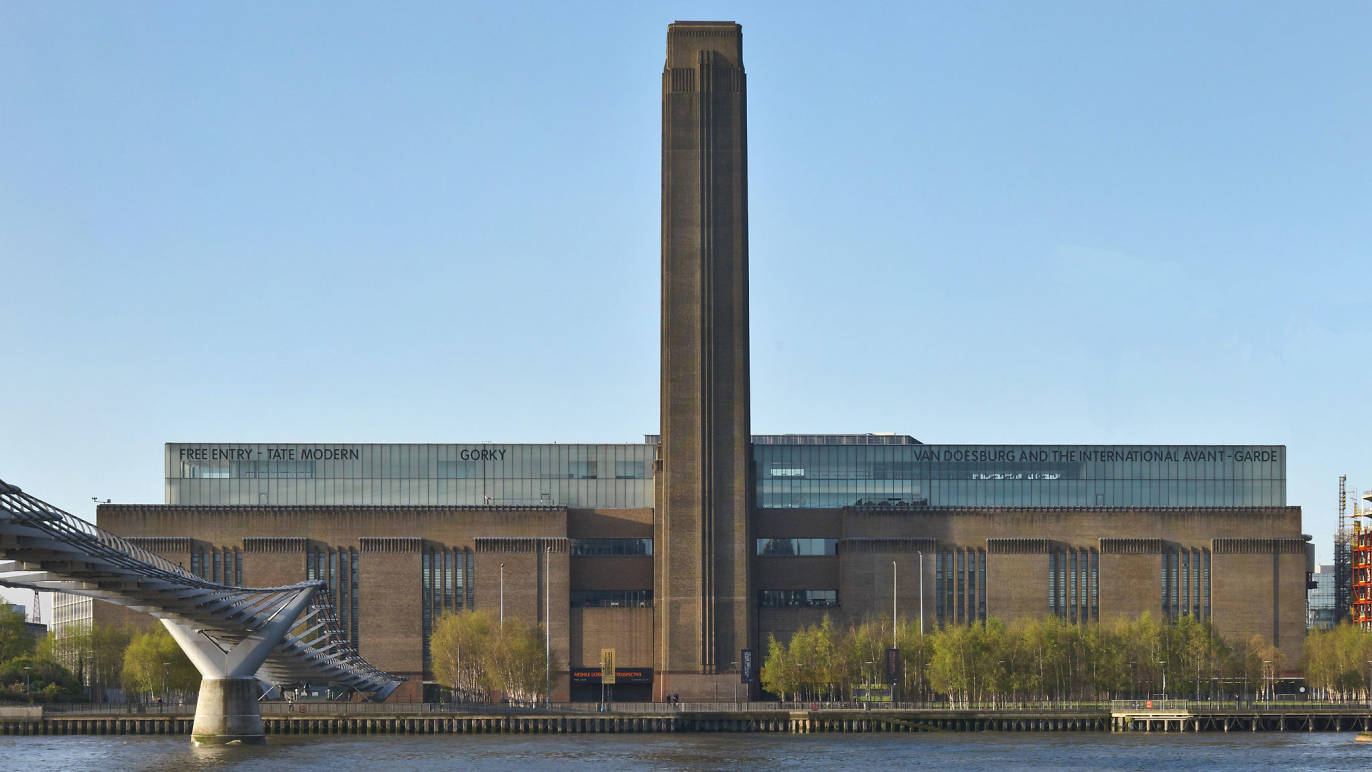 Tate Modern | |
| Director | Frances Morris |
|---|---|
| Established | 2000; 17 years ago |
| Location | Bankside, London SE1 9TG, UK |
Overview
The paragraph should give a three to five sentence abstract about your article. PLEASE NOTE: this article template has only a few sections as examples, but your actual article contributions should have many relevant sections and subsections. Please start to block out and complete those sections with relevant information such as the very objective, fact-based, and heavily referenced "who, what, when, where, and why" about this article. Articles don't just have to be huge buildings; individual artifacts and lesser-known people, places, and things count as article topics! Don't forget to include relevant category tags for each article!
Contents
- 1 Overview
- 2 Background
- 2.1 Temporary Exhibitions
- 2.2 Permanent Exhibitions
- 2.2.1 Artist and Society
- 2.2.2 Living in the City
- 2.2.3 Media Networks
- 2.2.4 Monument 1980-1
- 2.2.5 Forty Part Motet
- 2.2.6 Ambiguous Structure No.92
- 2.2.7 Modern Christ Figure
- 2.2.8 Marilyn Diptych
- 2.2.9 Liquid Crystal Environment
- 2.2.10 Wetin You Go Do?
- 2.2.11 Claude Monet
- 2.2.12 How Not to be Seen, Hito Steyerl
- 2.2.13 Painting with White
- 3 References
- 4 External Links
- 5 Image Gallery
Background
Tate Modern is included as part of the Tate group which also includes Tate Britain, Tate Liverpool, Tate St Ives, and Tate Online. The Gallery includes both British and International modern and contemporary art. It is one of the largest contemporary art museums in the world and was established in the year 2000. In the first year that Tate Modern was opened it received over 5.25 million visitors and continues to attract visitors today.
Temporary Exhibitions
The Radical Eye
"THE RADICAL EYE: Modernist Photography from the Sir Elton John Collection" is one of the greatest collections of photography drawn from the classic modernist period of the 1920s to the 1950s. For the past twenty-five years, Sir Elton John has brought together this collection that includes portraits of Matisse, Picasso, and Breton, among other great artists. "With over 70 artists and nearly 150 rare vintage prints on show from seminal figures including Brassai, Imogen Cunningham, André Kertész, Dorothea Lange, Tina Modotti, and Aleksandr Rodchenko, this is a chance to take a peek inside Elton John’s home and delight in seeing such masterpieces of photography." [1].
This exhibition will be available;e until May 21st 2017 and what makes the visit to it most existing is that you are able to look at the photographs while listening to Sir Elton John narrating their meanings and who he deceased to add them to his personal collection, which is usually kept in his house in Atlanta. From his own voice you can also listen about the works that inspire him, and get insights into the techniques and innovations of the period from curator Shoair Mavlian.
Permanent Exhibitions
Artist and Society
The Artist and Society collection aims to show the relationships between artists and social ideas and problems. The art features ranges from scenes of Civil War to protest to "utopia". This gallery is all about the way that artists express social realities through their art forms, whether that is through painting or sculpture or even photography and video. Some of the artists featured in the exhibit are Salvador Dalí and Richard Hamilton. To read more about the gallery click here.
Living in the City
On the fourth floor of the gallery, there's an exhibit tucked away in the back corner called Living in the City. This exhibit goes through a few different living conditions in cities during the 1970s. This also explores what Soviet Russia was like during the days where power throughout the union was slowly declining. To learn more about gallery, click here.
Media Networks
This exhibit portrayed the excitement and anxiety generated by the modern city. Artists captured the speed of modern transportation, the rate of industrialization, and the transformative power of technology. The focus of their works mostly consisted of social setting and situations. The developments of new techniques and styles allowed artists to better portray their meaning to make their piece more impactful for the viewer. To learn more about this exhibit click here
Monument 1980-1
Monument 1980-1 gives viewers the chance to privately listen and remember in the setting of a public memorial. This installation consists of 41 photos taken by Susan Hiller of Victoria memorial plaques that were found in a London park. These plaques commemorate an ordinary person who died while performing an act of heroism. In front of the plaques sits a bench with a cassette player where a single person can listen to a commentary done by Hiller on death, memory and representation read my Hiller. The artist also uses this piece of work to memorialize herself as the voice in the artwork. Only one person at a time can listen to the recording forming a one-on-one connection with the artist. Also as the listener sits in the bench with there back to the photographs, the listener is facing the audience and is seen as a part of the artwork for a moment.
Forty Part Motet
Created by Janet Cardiff and found in the 'Tanks' galleries on the bottom floor on the museum, this piece is an experimental audio installation. Forty speakers are arranged in a circle around the room, facing inwards towards an observation area. Each speaker plays a single voice of a singer in the forty member Salisbury Cathedral Choir. The sounds of the voices blend together and come from different areas of the room as you listen to the choir singing rearranged versions of choir songs dating back to the sixteenth century.
Ambiguous Structure No.92
This piece was created by Jean-Pierre Yvaral in 1969. It was created using acrylic paint on a chipboard. Previously Yvaral used on black and white but began experimenting with color in the '60s. This painting uses highly contrasting color and geometrical shapes to produce three-dimensional effects.
Modern Christ Figure
Human like figure made by Anthony Gormley is a plaster mold of the artist's body that is reinforced with fiberglass. The skin of the body is made from sheets of soldered lead. The body has five eye like holes located on each of his hands, feet and one on his breast. The eyes are presumed to represent the wounds of Christ. However, it is made in such a way that the sculpture does not affiliate with a certain religion as intended by the artist.
Marilyn Diptych
After Marilyn Monroe died in 1942 from an overdose of barbiturates, Andy Warhol created 20 different silk paintings of Monroe that were all based on the same photograph. The paintings of the photograph from the 1953 film Niagara took a total of four months to complete. Warhol was fascinated because Monroe was a combination of cult of celebrities and death which were his two main themes. To portray this, he repeated her image to demonstrate her importance to the media. At that time, her face would have been everywhere on every medium. The drastic contrasts between colors show Monroe's mortality as they eventually fade to black and white.
Liquid Crystal Environment
This exhibit was created by Gustav Metzger and is made from five projectors that each have heat-sensitive liquid crystals in their slides. The slides are rotated to create movement. This movement then translates into heating and cooling the crystals to alter their colors. "Auto-destructive art" invented by Metzger in 1959, and suggested the idea that man-made machines and substances will degrade and that they aren't reliable and neither is society's preoccupation of destruction. This exhibit is an example of the opposite: auto-creation. Even though man-made machines are a large part to this project, they are used to create different patterns of the crystals and to construct the immense space within the exhibit. 1963 was when Metzger began experimenting with different displays and was then joined by a physicist in 1965. He showed his results to The Bartlett Society and also Cambridge University. Then his works were displayed in various galleries before finally ending up in Tate Modern.
Wetin You Go Do?
In this piece created in 2015 by artist Otobong Nkanga integration of voices and sculpture reflect on contemporary anxieties. The exhibit is made up of concrete spheres that are connected to each other by large heavy ropes. From three of the spheres you can hear sound, which is carefully layered, each one representing an imaginary character. The sound tracks are part song and part narrative. It also includes 'profound' statements in English, French, and Nigerian Pidgin. The dialogues are the characters reflecting on lives difficulties when they are asked the question "Wetin you go do?" a term that means "What are you going to do?". The way that the spheres are arranged is to mimic how small groups gather. The ropes are representing networks in a society. Some may say with how heavy the ball are that is is also a metaphor for how it is impossible to move forward alone.
Claude Monet
Based on his Japanese-style water-garden in his home, Monet painted the piece Water-Lilies. The piece verges on abstraction, though key features of the pond can be made out such as the lily pads. This is one of the later pieces in his collection of water-lily paintings that he started in 1897, as it was created in 1916. This is also one of the more abstract pieces lacking more of the contrast of his earlier pieces.
How Not to be Seen, Hito Steyerl
Hito Steyerl's short film, "How Not to Be Seen," makes a statement on technology, showing the progress of camera capability and how it is becoming harder and harder to not be seen. By showing resolution targets that were installed in the United States to allow for the focusing of aerial surveillance cameras, and the evolution of the clarity and detail of these cameras, Steyerl makes a humorous observation about how the ways to become "invisible" to these are becoming impossible. In the film, the narrator, who is a generic robotic voice, says that in order to become invisible, you must be the size of a pixel or smaller. After this, a group of individuals with boxes for heads begin a dance routine in front of a green screen.
Painting with White
The painting in white exhibit is located on the second level of the East Boiler House. It features artists that use only white, known as monochromes. White in many works symbolizes purity, but for some it symbolizes superiority and all that is difficult about modern art. Many feel that the colour itself limits their creativity and provides a hard rule to follow by. However, the artists in this room have worked past this and explores the philosophical, poetic, spiritual, and void of white.[2]
References
- ↑ T. (n.d.). The Radical Eye: Modernist Photography from the Sir Elton John Collection - Exhibition at Tate Modern. Retrieved May 16, 2017, from http://www.tate.org.uk/whats-on/tate-modern/exhibition/radical-eye-modernist-photography-sir-elton-john-collection
- ↑ T. (n.d.). Painting with White - In the Studio at Tate Modern. Retrieved May 18, 2017, from http://www.tate.org.uk/visit/tate-modern/display/in-the-studio/painting-white
External Links
If appropriate, add an external links section
Image Gallery
If appropriate, add an image gallery

